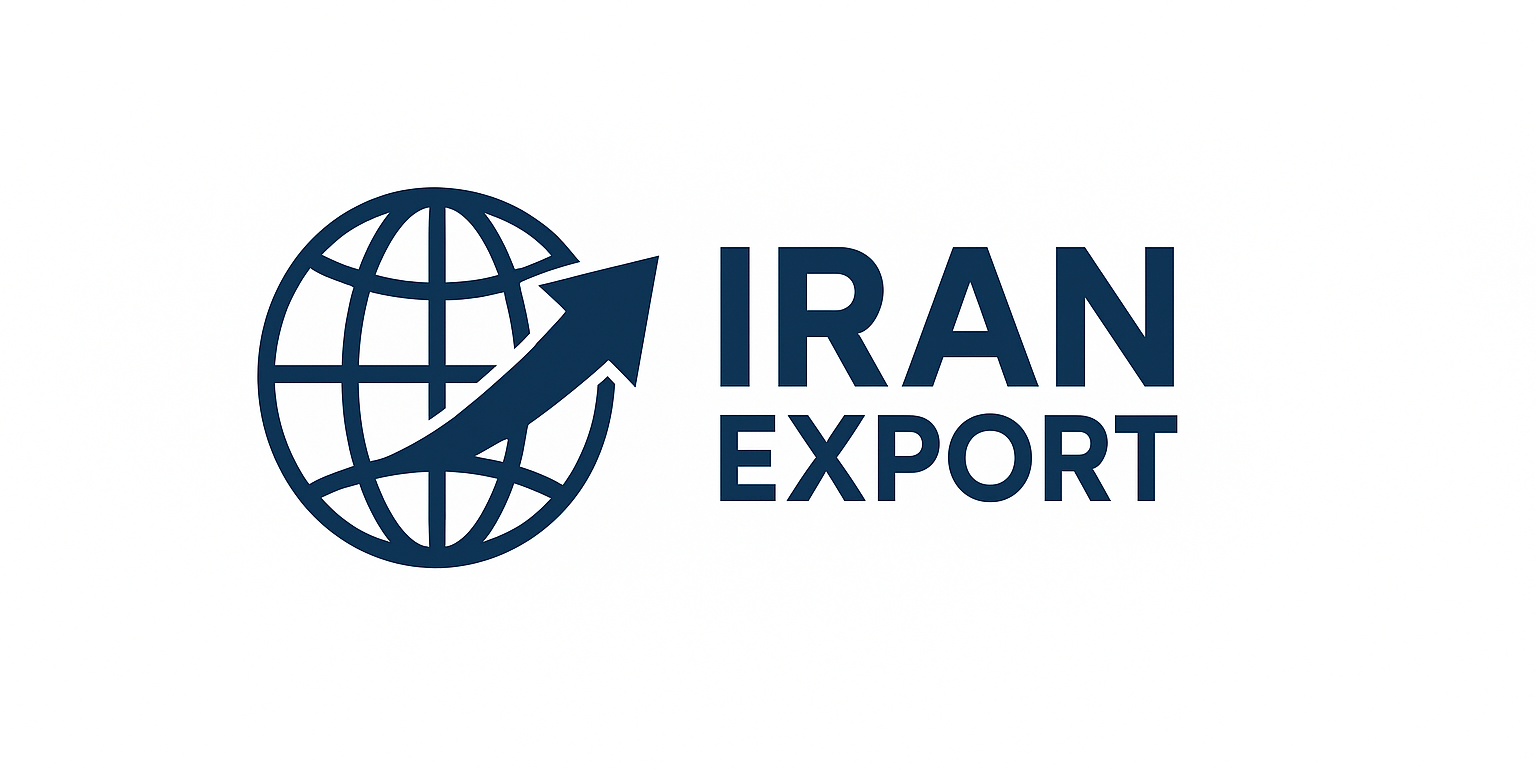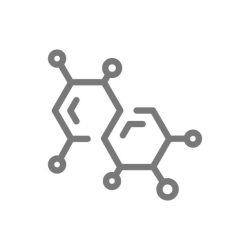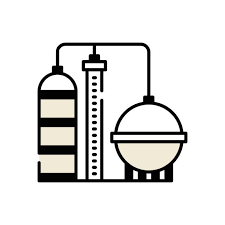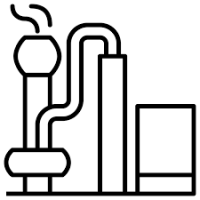Petrochemical products, derived from oil and natural gas, are widely used in industries such as plastics, textiles, pharmaceuticals, detergents, and fertilizers.
Iran operates a broad network of petrochemical complexes in regions like Assaluyeh, Mahshahr, and Bandar Imam. These facilities use feedstocks such as natural gas, ethane, naphtha, and gas condensates to produce a wide range of base and end products, including ethylene, propylene, ammonia, methanol, polyethylene, and urea.
The petrochemical industry is one of the most profitable industrial sectors in Iran. By converting raw materials into high value-added products, it significantly contributes to GDP growth, job creation, and industrial development.
In terms of exports, petrochemical products are Iran’s second-largest source of non-oil export revenue after crude oil and natural gas. These products are exported to markets across Asia, Europe, and Africa, and their diversity makes them competitive in global trade.
Iran’s competitive advantages in the petrochemical sector include access to cheap feedstock, low-cost energy, well-developed infrastructure, a skilled workforce, and a strategic location near the Persian Gulf, enabling efficient maritime transport. These factors have positioned Iran as a major player in the regional and global petrochemical market.



